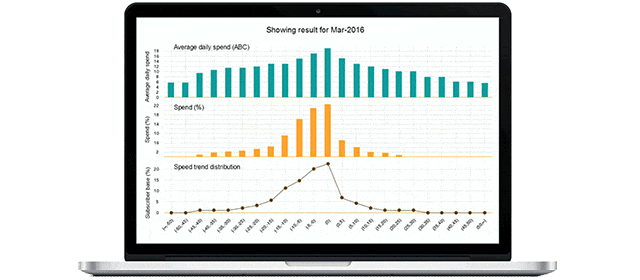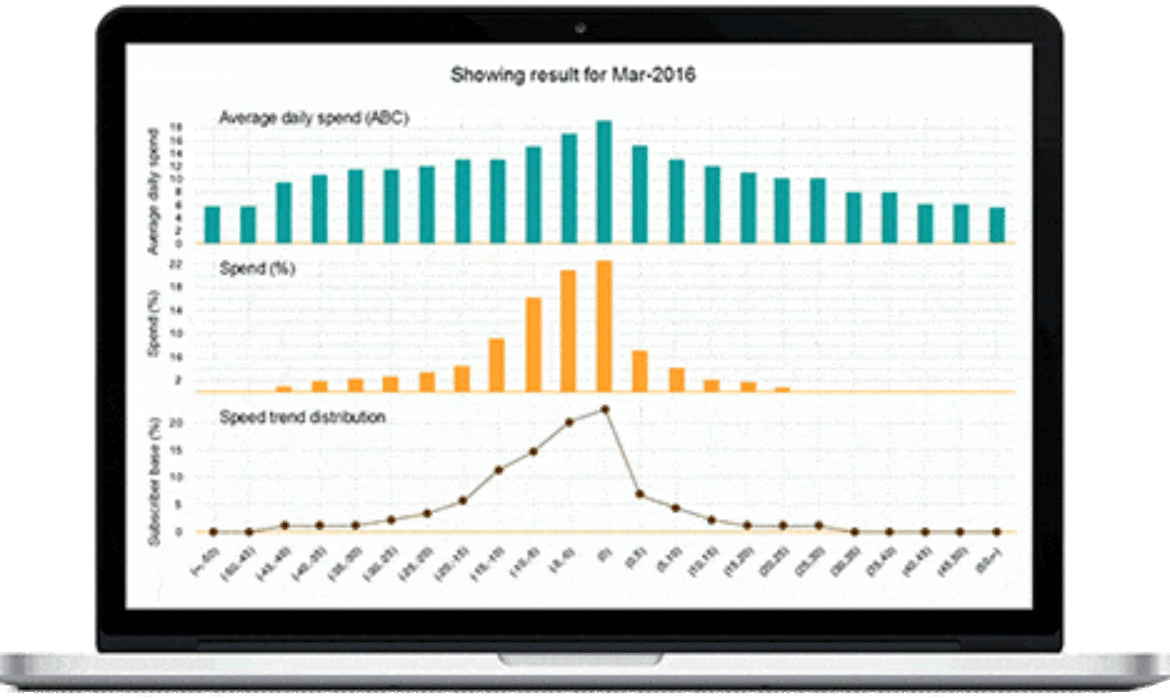
According to the Nelson Company report, Q3 2016, the top smartphone apps were Facebook, Facebook messenger, YouTube, Google Maps. Interesting thing to notice is, all the applications are provided by Over-the-top (OTT) players. OTT providers which offer apps and streaming content directly to consumers through the internet, have gained dominance over even the core entities of messaging and voice services. This not only contributes to the information overload but offers stiff competition.
WhatsApp, Viber, and Apple’s iMessage already represent more than 80% of all messaging traffic, and Skype alone accounts for more than a third of all international voice traffic minutes. Consequently, significant decreases are being witnessed across the telecom sector in basic communication service revenues. These declines have proven to be as steep as 30% in SMS messaging, 20% in international voice, and 15% in roaming.
As of October 2017, GSMA shows more than 5 billion unique mobile subscribers globally, which indicates a 4.76% YoY growth. Telecom network operators across the globe are a part of this sophisticated market with plenty of competition.
This is where you can utilise the concept of Contextual Marketing that embraces various processes to employ a holistic yet specific marketing approach to users. Research by Bain & Company showed, it takes 5 times more effort and resources to obtain a new client rather than retain one. This is practically an age-old adage in marketing and it’s entirely true.
How does it work? Data sits at the heart of Contextual Marketing. You mine data related to the most differential details. This is used in conjunction with micro-segmentation to define a customer base. One segment could comprise of details like urban-based girls between the ages of 12 and 18 with access to sizeable capital (between Rs. 3000 and Rs. 10,000) with 3G-enabled phones. You could consequently gather data on their internet usage and offer them tailored packages based on their individual requirements in place of a vague text message that is sent to all consumers. For instance, Uber offers higher discounts to consumers that use their Share services daily and lower amounts to less regular users to encourage loyalty.
In US alone consumers look at their devices more than 9 billion times a day and GSMA Intelligence report predicts that by 2020, 64% of world population will be covered by 4G-LTE networks. How can network operators retain their customers with this rapidly growing market. Contextual Marketing would be an apt practice for operators to learn about their customers and make right offers at the right time in the right place.
Let’s look at a Contextual Marketing framework in detail.
Contextual Marketing takes place in a particular sequence that employs data collection and machine-learning algorithms to achieve your marketing objective. This straightforward marketing concept engages specificity at every step.
Step 1
Determine the objective of your campaign and align it to the desired goal which can vary from increased voice spend for subscribers to increased IP TV subscriptions and more.
Step 2
Gather available subscriber data on spend behaviours, usage patterns, demographics and day-to-day activities. Subscribers are then segmented based on similar characteristics.
Step 3
The collated data requires a significant amount of analytics. Segmentation and determination of your customer preferences is important in developing campaigns. Consequently, analytics is crucial in Contextual Marketing.
Raw data when put through a host of machine-learning algorithms and statistical analysis provides a wealth of insightful data and actionable information about the customer base. Pelatro uses Big Data technologies to leverage a distributed, scalable Big Data store. What’s more, it is backed by leading Hadoop maps to reduce the framework with robust HDFS as the data storage layer.
Acquired data empowers you to gain relevant insights on each customer segment and market the desired offers to them.
HAND PICKED RELATED CONTENT
Targeted Campaign Management for Telecoms
Step 4
Once the data analysis is done it is time for the next step – campaigns. Configure a campaign suited to a desired audience segment in order to achieve the pre-set objective and deploy it.
With multiple pre-set offers and rewards, you can choose the best available option or create a customised offer and reward. There is leeway to test multiple campaigns for the same segment with minor differences to find the best fit.
HAND PICKED RELATED CONTENT
Multichannel Campaign Management – The way forward
Step 5
The reporting will be a real-time view where you accumulate performance information. This will further ensure it is easy to modify, cancel or create more meaningful campaigns.
Employing Contextual Marketing with ensures telecom network service providers increase ARPU, boost consumer loyalty, open new revenue streams and thus reduce churn.


